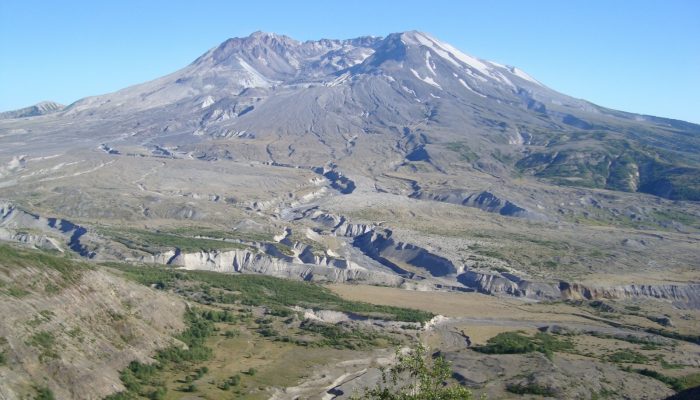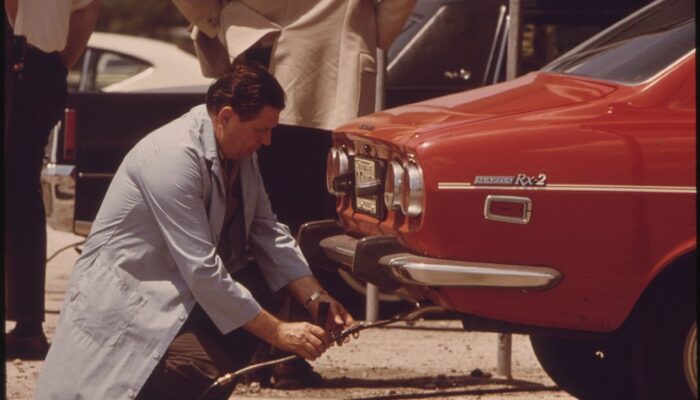Last year the European Commission appointed a panel of world leading scientists to advise on key science policy issues. In November, the panel issued their first recommendation report focusing on CO2 vehicle emissions. The month’s GeoPolicy post takes a closer look at this high-level advisory panel and the recommendations they have published. In 2015, the Scientific Advice Mechanism (SAM) w ...[Read More]
Imaggeo on Mondays: “Vancouver! Vancouver! This is it!”

On May 18th 1980 Mount St Helens (an active stratovolcano of the Cascades located in the North West US), erupted explosively following a magnitude 5.1 earthquake. The quake triggered a devastating landslide which swept away the volcano’s northern flank – in what is the largest debris avalanche recorded on Earth to date. Removal of a section of the edifice depressurised the volcano’s magmatic ...[Read More]
EGU 2017: Registration open & townhall and splinter meeting requests

The EGU General Assembly brings together geoscientists from all over the world to one meeting that covers all disciplines of the Earth, planetary and space sciences. The conference is taking place in Vienna on 23–28 April 2017, providing an opportunity for both established scientists and early career researchers to present their work and discuss their ideas with experts in all fields of the geosci ...[Read More]
AGU Fall Meeting 2016: Come meet the EGU!
Are you attending the AGU Fall Meeting in San Francisco next week (12th-16th December?) If so come and visit the EGU booth! You’ll find us in the Exhibition Hall in Booth 1231, just opposite the Recharge Lounge (top right of the exhibition hall). You can find us on the map of the exhibition hall online. In attendance will be the EGU’s Executive Secretary (Philippe) and the Communications Officer ( ...[Read More]


